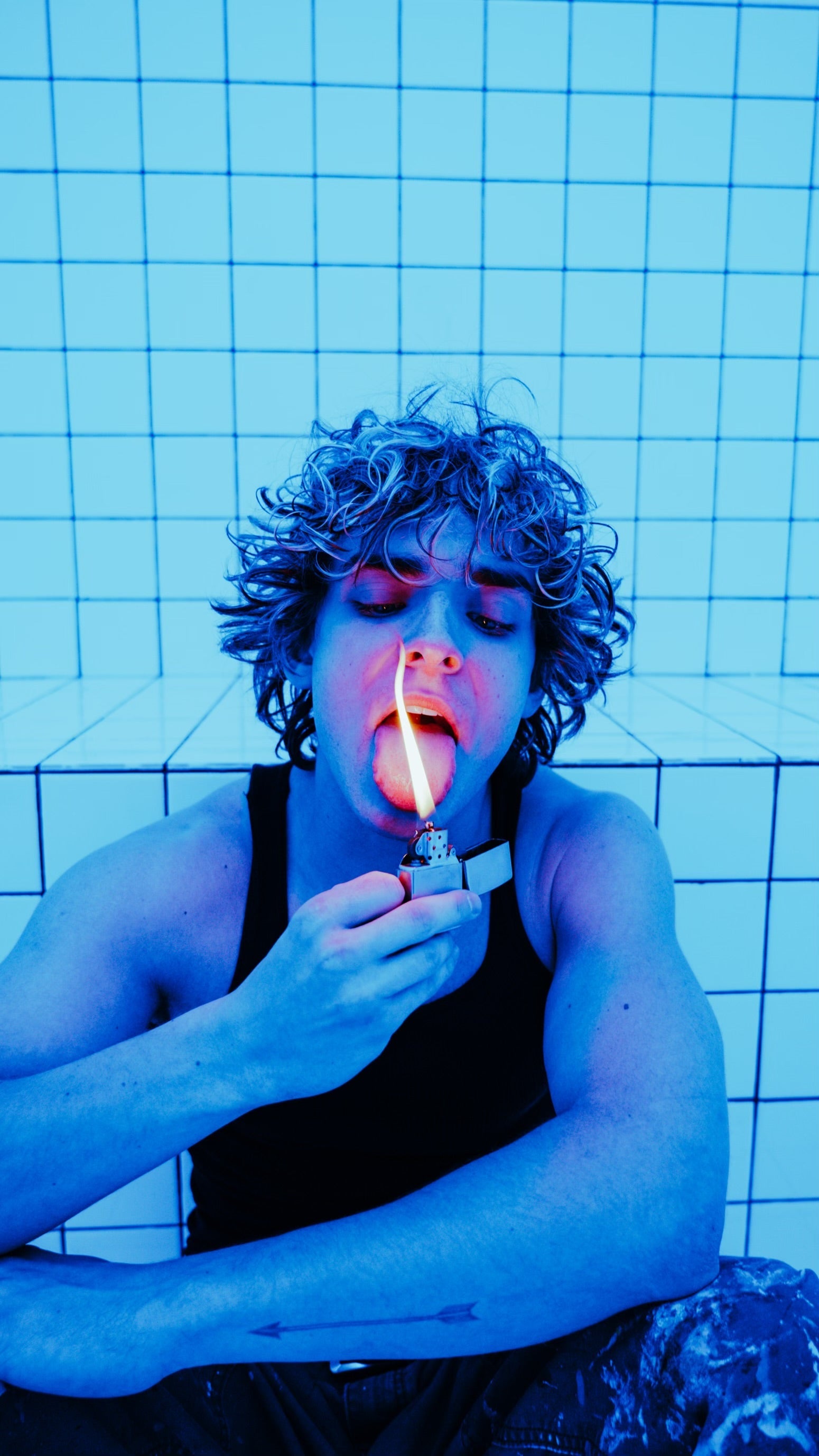When I first picked up a camera, I wasn’t thinking about editing. I was just trying to take cool photos, capturing moments the way I saw them. But as I kept shooting, I realized that editing was just as important as the shot itself. It’s what brings everything together—the mood, the tone, the emotion. Over time, I developed a signature editing style, something that makes my work instantly recognizable. Here’s how I got there.
Finding Inspiration
At the beginning, I was all over the place. I’d try different editing styles, mimicking photographers I admired. Some days, I wanted my photos to look clean and polished. Other days, I was obsessed with grain, grit, and heavy contrast. I went through phases of desaturated tones, then oversaturated moods, trying to figure out what felt right. The turning point came when I realized that the best edits weren’t about following trends—they were about making the image feel like me.
Understanding Color and Tone
One of the biggest factors in my editing style is color. I love deep, moody tones—shadows that actually feel like shadows, highlights that glow without being overblown. I played around with split toning, color grading, and curves until I found a balance that fit my aesthetic. Warm highlights, cool shadows, and a slightly desaturated but cinematic look became my foundation.
Texture, Grain, and Imperfection
I’ve always been drawn to film-like textures. Maybe it’s nostalgia, maybe it’s just a love for the rawness of analog photography. Digital images can feel too clean sometimes, so I introduce a bit of grit—grain, subtle noise, and overlays that add an imperfect, organic quality to my shots. I don’t want my images to look sterile; I want them to feel alive.
Contrast and Depth
A big part of my style comes from how I handle contrast. I push my blacks deep, but I also make sure there’s enough detail in the shadows. I like my images to have a sense of depth, where the subject stands out without feeling too cut out from the background. This means carefully adjusting the tone curve, selectively dodging and burning, and making sure nothing looks too flat.
The Role of Lightroom Presets
I spent years tweaking my settings until I developed presets that became my go-to. They help me maintain consistency across my work, speeding up my workflow while still allowing room for adjustments. Every image is different, but having a base to start from lets me stay true to my signature look without overthinking every single edit.
Evolving While Staying True to My Style
Even though I have a defined style, I’m always refining it. The way I edit now isn’t exactly the same as how I edited a few years ago. The fundamentals stay the same—moody tones, rich contrast, film-like textures—but I allow myself to evolve. If I feel like experimenting with a new approach, I go for it. That’s how growth happens.
Final Thoughts
Creating a signature editing style isn’t about copying what’s trending. It’s about experimenting, making mistakes, and figuring out what feels authentic to you. My style came from trial and error, from studying light and color, and from trusting my instincts. If you’re still finding yours, don’t rush it—just keep shooting, keep editing, and eventually, your own unique look will emerge.



Share:
From Upholstery to Photography: My Unconventional Journey